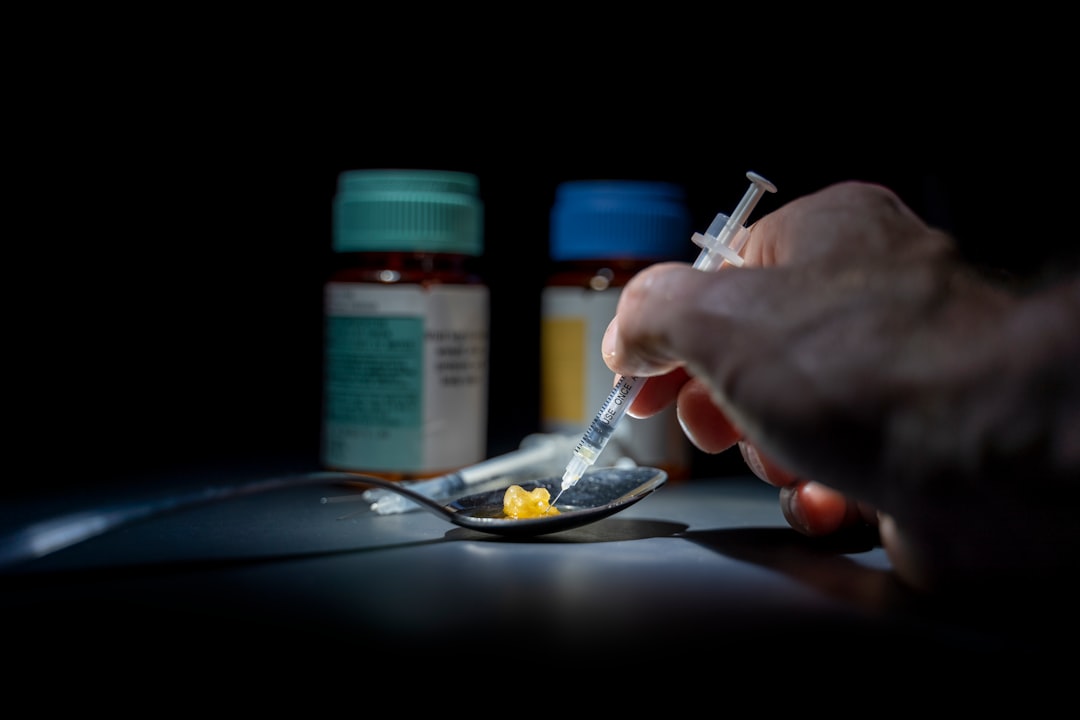What is it about?
This study was a retrospective analysis comparing the rate of screening for biotinidase deficiency (BD) before and after introduction of an evidence-based protocol for investigation of children with global developmental delay.
Featured Image
Why is it important?
150 tests of BT activities were requested in 138 patients aged 1 month to 17 years 7mo (Median 2 years 3 mo). The annual rate of tests requested (monthly per 1000 live births) progressively increased from 0.31 in 2007 to 1.11 in 2010. A total of 10 (6.7%) abnormal results over the three year period were found. 8 patients were diagnosed with partial BD corresponding to an annual incidence of 0.477 (0.18 to 0.54) per 1000 live births.
Perspectives
The number of tests requested (monthly per 1000 live births) progressively increased by more than 258% from 2007 to 2010. The prevalence of partial BD 5.8%, with an annual incidence of about 60 times higher than the estimated incidence of 0.008 (0.006 to 0.009) per 1000 live births in the developed countries.
Dr Michael O Ogundele
Mid Cheshire Hospitals NHS Foundation Trust Postgraduate Medical Centre
Read the Original
This page is a summary of: Biotinidase Deficiency Screening in Patients with Global Developmental Delay at a Tertiary Children's Hospital, Pediatric Research, November 2011, Springer Science + Business Media,
DOI: 10.1038/pr.2011.1046.
You can read the full text:
Contributors
The following have contributed to this page










